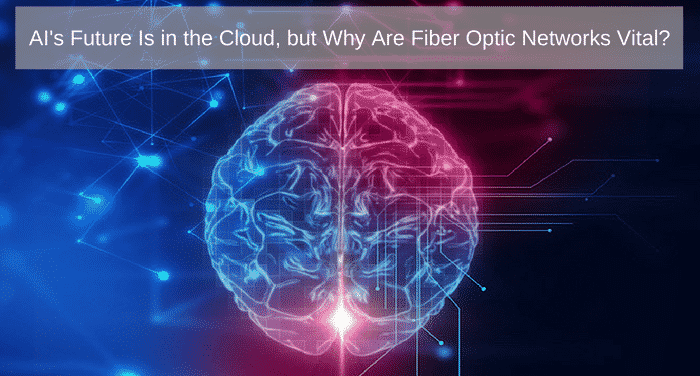Originally posted to LinkedIn Pulse by Chris Bradford, Executive Vice President of Sales & Marketing at FiberLight, LLC.
According to a report from Markets and Markets, the global Artificial Intelligence (AI) space is expected to surge to $16 billion over the next five years, growing at a CAGR of nearly 63 percent from 2016 to 2022. AI is the development of smart systems that can perform tasks which normally require human intelligence. Machine and deep learning are subsets of AI that mimic activities in neural networks of the brain where thinking occurs. Deep learning software can be programmed to recognize patterns in the digital representations of sounds, images and other data.
Artificial Intelligence Is More Than Killer Robots
While popular images of AI involve robots bent on annihilating humanity, the most common real-world applications are taking place at the consumer level. If you own an iPhone and have ever asked Siri to find you the nearest Brazilian steakhouse, you’ve used a machine learning program. The same goes for AI home assistants that allow one to ask for a specific song over dinner or switch off a smart bulb on the way to bed.
But AI goes far beyond these ‘gee-whiz’ consumer applications and is now being adopted by the enterprise. Machine learning is transforming the intelligent enterprise by automating the detailed analysis of large volumes of structured and unstructured data using a linguistics-based approach. In the financial services sector, trading and risk management are two areas that are benefitting from advancements in deep learning and pattern recognition. Healthcare is deploying image recognition and machine learning techniques to enhance neo-natal care and cancer treatment. And civil engineers and city planners are leveraging deep learning programs to predict traffic conditions and automobile accidents, as well as the structural response of multi-story buildings during earthquakes.
To read the full article, please click here.

